“You do not climb a mountain like Everest by trying to race ahead on your own, or by competing with your comrades. You do it slowly are carefully, by unselfish teamwork. Certainly, I wanted to reach the top by myself; it was the one thing that I had dreamed of all my life. But if the lot fell to someone else, I would take it like a man, and not a crybaby — for that is the mountain way.” – Tenzing Norgay
Everest Base Camp trek is categorized as Moderate in terms of difficulty level. The trek can be completed easily if the person is mentally fit even for the beginners as well. EBC trek requires no prior trekking expertise, you will walk through the rocky trail with several uphill and downhill. It is one of the most iconic trekking adventures in the world. You will go through the breathtaking landscapes of Himalayas, offers a sight into the unique Sherpa culture, and can have an experience of standing at the foot of the majestic Mount Everest. Here are the best trekking routes for Everest Base Camp, with a complete understanding of the journey ahead.
There are various starting points to complete the Everest Base camp trek. However, the most common and classic route starts from Lukla, a small town in the Khumbu region of Nepal. Here are steps breakdown of the trekking route.
1. One day should be reserved to make your way to capital city of Kathmandu
A crowed metropolis of more than 1 million inhabitants, Kathmandu is a combination of tourist shops, trekking agencies, hotel, restaurants, religious sites and artisan workshops. It is colorful streets packed with shops stacking trekking and climbing gear to their very top in addition to the many tourist hotels and cafes.
This place is your best place if you need to buy some equipment for your future climbs or if you are missing something for the one you are on now!
2. Kathmandu to Lukla
The adventure begins with scenic flight from Kathmandu to Lukla. The flight over mountains in the Khumbu Region is all of 35 minutes. But you can see the most exquisite views of Nepal. Lukla’s Tenzing -Hillary Airport, is famous as one of the most dangerous airports in the world, which serves as the gateway to the Everest region.
Lukla is a small village with no road, only reachable by flight or foot. We walk straight out of the airport, across the paved stone footpath of the village and off into the forest trail, officially starting trekking. Just before exiting the village, we are required to present the first of our two permits at check post, so remember to keep these handy.
3. Lukla to Phakding
The trek from Lukla to Phakding is the first leg of the Everest Base Camp trek and assists as an introduction to the superb landscapes and unique cultural experiences that lie ahead.
From Lukla, you will start your trekking towards Phakding, a small village situated along the Dudh Koshi River. The trekking begins a river side crossing several suspension bridges.
After few hours of trekking, you will reach Phakding and can enjoy the hospitality of local people. You will be serving delicious Nepali cuisine, warm up with cup of tea and engage in conversations with fellow trekkers.
As you relax in for the night in Phakding, you will feel a sense of eagerness for the adventure ahead.
4. Phakding to Namche Bazaar
The trekking route from Phakding to Namche Bazaar is one of the popular segments of the Everest Base Camp. The trail is well marked and generally takes around 5-6 hours to complete, depending on your walking speed.
Namche Bazaar is a major trading center and the gateway to the Everest region. It is important to spend at least one extra day in Namche Bazaar for adjustment with the altitude. This will help prevent altitude sickness and improve your chances of successfully completing the trek.
Both Phakding and Namche Bazaar have same sort of housings, including tea house and lodges, where trekkers can find meal and a place to stay overnight. It is also wise to trek with trained guide or porter who is familiar with the route and also can provide assistance when required.
5. Namche Bazaar to Tengboche
From Namche Bazaar you will head northeast towards Tengboche which is around 6 kilometers. The trek usually takes about 2-4 hours, depending on your walking speed. The path steadily rises through forests, offering stunning views of the nearby mountains, including Mount Everest, Mount Lhotse and Ama Dablam.
Tengboche is a small village. It is famous for its beautiful Tengboche Monastery, the major monastery in the Khumbu region. This monastery holds spiritual and cultural meaning and offers fabulous views of the Everest Himalayas. Tengboche has a few tea houses and lodges where you can find housing and meals. It is a smaller village so facilities are limited. It is advisable to carry some basic supplies.
It is suggested to walk with an experienced guide or porter who can provide help, confirm your safety and offer intuitions into local culture and environment. Make sure to check the weather conditions, carry appropriate trekking gear, and acquire the necessary permits before starting on your trek.
6. Tengboche to Dingboche
To trek from Tengboche to Dingboche, you will continue your journey through the scenic Everest region of Nepal. The distance between Tengboche and Dingboche is approximately 9 kilometers. The hike generally takes around 4-6 hours, depending on your pace and the path conditions.
Dingboche is a small Sherpa village nestled in the Imja Valley. It assists as a vital getting used to point for trekkers heading to higher raises. The village offers superb views of towering peaks like Ama Dablam, Lhotse, and Nuptse. Dingboche has a limited tea houses and lodges where you can find housing and meals during your stay.
It is an essential to spend an extra day in Dingboche. This allows your body to adjust to the increasing altitude and reduces the risk of altitude sickness. During this day you can hike to nearby viewpoints, or take short trip to Chhukung, a popular side trek from Dingboche.
Remember to check the weather conditions, carry appropriate trekking gear, and acquire the necessary permits for your journey. It is suggested to take an experienced guide or porter who can provide help and sure your safety along the way.
7. Dingboche to Lobuche
The distance between Dingboche and Lobuche is approximately 7 kilometers. The trek generally takes around 4-6 hours, depending on your walking speed and the pavement conditions.
This route offers panoramic views of the surrounding mountains. Along the route from Dingboche to Lobuche, you will encounter Thukla Pass. It involves a steep climb, and it is important to take it slowly and allow your body to adjust to the altitude.
It is a popular pause point for trekkers to Everest Base Camp. Lobuche offers basic accommodation options, including tea house and lodges, where you can find meals and place to break. The village is surrounded by spectacular mountain vistas.
Check the weather conditions and also hire an experienced guide or porter, carry appropriate trekking gear, and ensure you are properly acclimatized before proceeding to higher altitudes.
8. Lobuche to Gorak Shep and Everest Base Camp
The distance between Lobuche and Gorak Shep is approximately 4 kilometers.The hiking generally takes around 2-4 hours, which depends on your walking speed and condition of the trail. This path is mostly rocky.
Gorak Shep is a small place, located at a height of approximately 5,164 meters. It is the last place before reaching Everest Base Camp. Gorak Shep has limited lodging and tea house options. You can find meals and a place to rest here before heading toward Everest Base Camp.
The distance between Gorak Shep and Everest Base Camp is approximately 3 kilometers. The trek takes around 2- 3 hours, as always depending upon your walking speed and the condition of the trail. This route will take you through glacial moraines and rocky terrain, along with the stunning views of the Khumbu Icefall.
Everest Base Camp is the ultimate destination for many trekkers. It is the initial point for climbers for attempting to summit Mount Everest. From here you cannot see the peak of Everest from the base camp, but you will experience the awesome atmosphere and sense of achievement being in this iconic place.
After spending some quality time at Everest Base Camp, you will hike back to Gorak Shep, where you can rest and spend the night. Always remember to check the weather conditions, carry an appropriate trekking gear, and ensure you are properly prepared before going to higher altitudes.
9. Gorak Shep to Kala Patthar and back to Pheriche
Trekking from Gorak to Kala Patthar is 2.5 kilometers. This trek usually takes 1-3 hours, again depending on your pace and the condition of the pave.It is steep mounting, its better to walk slow as you climb towards the summit of Kala Patthar.
Kala Patthar is a popular for viewing Mount Everest and the surrounding of Himalayan peaks. We can enjoy the view of Mount Everest, Mount Lothse, Mount Nuptse and many other majestic mountains.
After spending sometime at Kala Patthar and enjoying the views, you need to go back to Gorak Shep. From Gorak Shep you will go back towards Pheriche covering the distance of 11 kilometers and generally takes around 5-7 hours of the walk.
Pheriche is a small village where trekkers can stopover where they can have the facility accommodation and other minimal facilities.
10. Pheriche to Namche Bazaar
The trek usually takes 4-6 hours depending on your walking speed along with path and weather conditions. On the way we can see beautiful landscapes, passing through rhododendron forests and charming Sherpa villages.
Enjoy the lively environment of Namche Bazaar, visit the local markets. Take sometime rest before continuing your trek to other destinations.
11. Namche Bazaar to Lukla
From Namche Bazaar, the trek goes downhill to Lukla, marking the end of your incredible Everest Base Camp trek. Now, it’s the moment where you can celebrate your success trip to Everest Base Camp or you can relax.
Conclusion
The Everest Base Camp trek is a rewarding adventure that takes you through some of the most awesome landscapes in the world. The trek to Everest Base Camp offers a unique opportunity to experience the majestic Himalayas, including stunning mountain peaks, glaciers, and Sherpa villages.
Throughout the trek, it is an essential to prioritize safety, proper gear, altitude sickness remedies, some medicines and ensure an enjoyable journey. Getting an experienced guide or porter can have valuable insights, assistance and enhance the knowledge about the places.
The actual trek usually takes around 12-15 days, but the duration can vary depending upon the waking speed and the weather condition. It is also advised to plan for additional rest days and make your itinerary flexible for an unexpected weather conditions or personal preference.
The best times to go on Everest Base Camp are during the pre-monsoon (March to May) and post – monsoon (September to November) seasons. During these months weather are more stable and clearer view of the mountains. Lastly, remember to maintain a steady walking speed, drink plenty of fluids, and listen to your body condition.

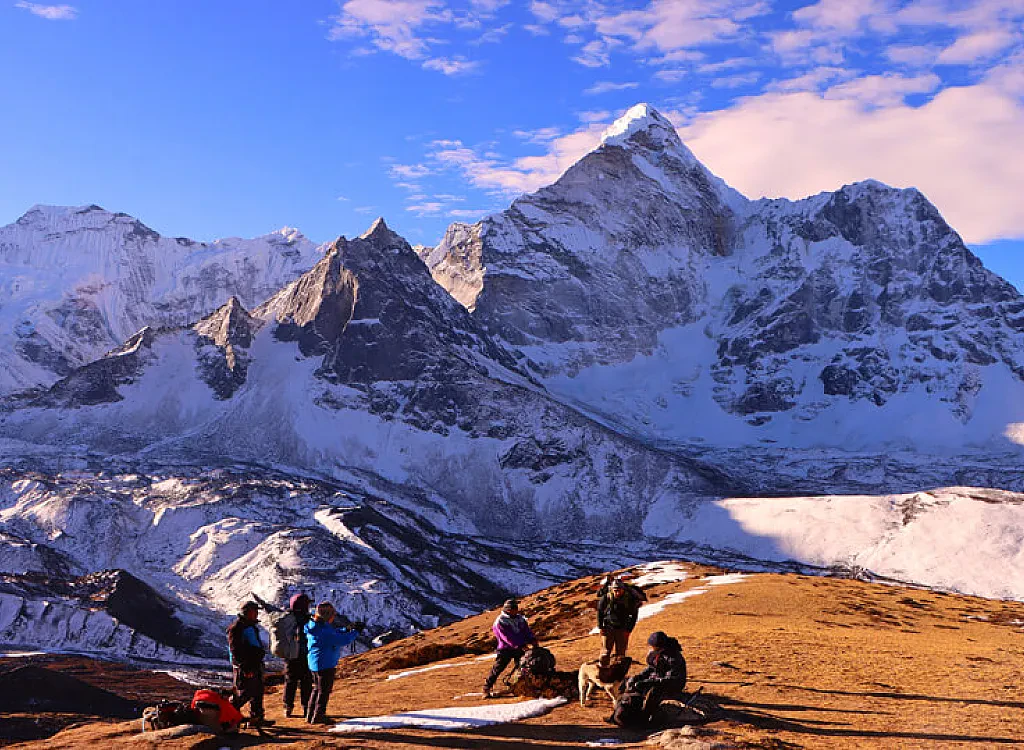
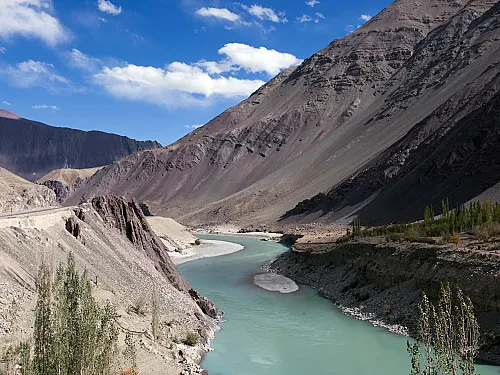
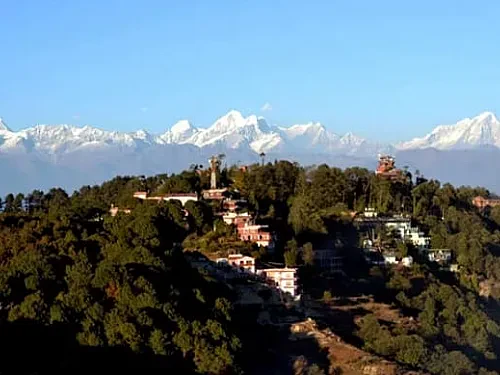
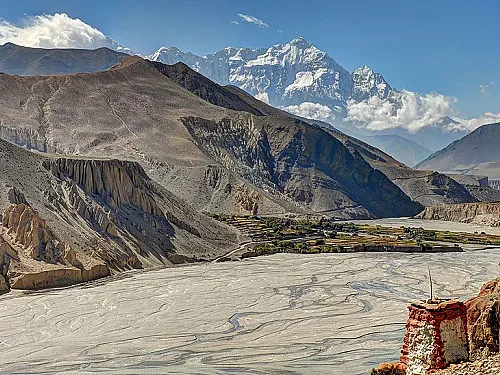
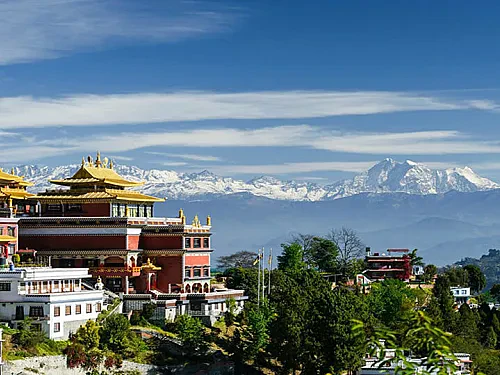
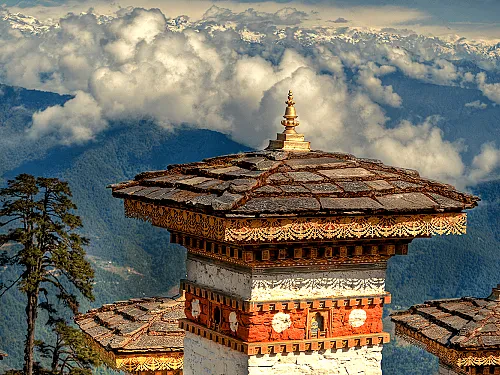
Comments